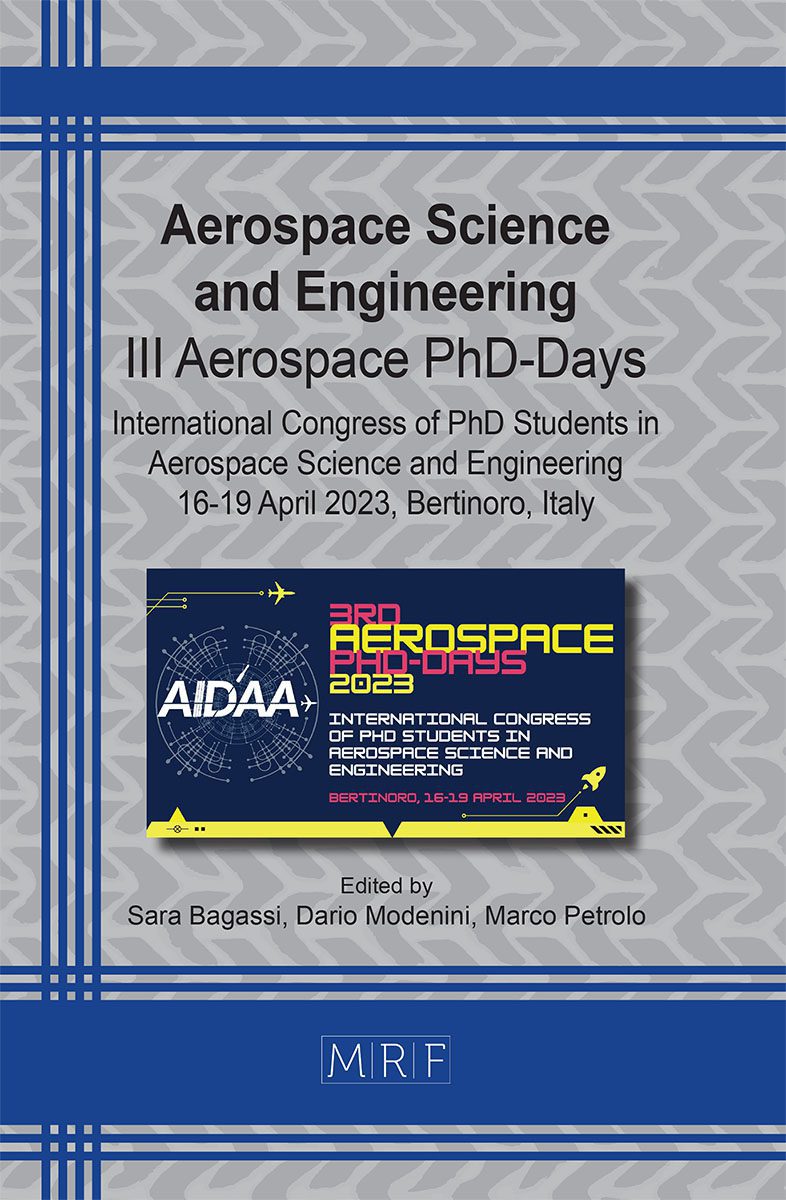Exploring the use of a technology scouting methodology to integrate innovative solutions from startups into an aerospace industry
Giovanna Carrera, Luca Mastrogiacomo
download PDFAbstract. Technological innovation is extremely important in the industrial world, as it allows companies to remain competitive and improve the efficiency, productivity, and sustainability of their activities. Companies that invest in technological innovation can obtain numerous advantages, including improved product quality, cost reduction, greater flexibility, and the ability to quickly respond to customer needs. An approach to open innovation that has become widespread in recent years is to conduct technology scouting through the vast array of solutions provided by innovative startups. With a large number of startups proposing new technologies in aerospace sector, could be challenging for companies to identify the most promising solutions. Therefore, a structured methodology for evaluating technology proposed by startups is essential to ensure the identification and implementation of the best solutions and the effective allocation of resources. This paper presents a case study that describes the process of technology scouting proposed by startups within an aerospace industry company, based on a company-defined roadmap.
Keywords
Open Innovation, Startups, Scouting Process, Roadmap, Technology Evaluation
Published online 9/1/2023, 8 pages
Copyright © 2023 by the author(s)
Published under license by Materials Research Forum LLC., Millersville PA, USA
Citation: Giovanna Carrera, Luca Mastrogiacomo, Exploring the use of a technology scouting methodology to integrate innovative solutions from startups into an aerospace industry, Materials Research Proceedings, Vol. 33, pp 126-133, 2023
DOI: https://doi.org/10.21741/9781644902677-19
The article was published as article 19 of the book Aerospace Science and Engineering
![]() Content from this work may be used under the terms of the Creative Commons Attribution 3.0 license. Any further distribution of this work must maintain attribution to the author(s) and the title of the work, journal citation and DOI.
Content from this work may be used under the terms of the Creative Commons Attribution 3.0 license. Any further distribution of this work must maintain attribution to the author(s) and the title of the work, journal citation and DOI.
References
[1] Kerr, C., Phaal, R.,. Technology roadmapping: Industrial roots, forgotten history and unknown origins. Technol. Forecast. Soc. Change 155, 1–16, 2020. https://doi.org/10.1016/j.techfore.2020.119967
[2] T. L. Saaty, “The Analytic Hierarchy Process”, McGraw-Hill, 1980. https://doi.org/10.21236/ADA214804
[3] Kim, H. S., & Kim, S. J. An integrated approach for the selection of maintenance criteria using the analytic hierarchy process and Delphi method. Reliability Engineering & System Safety, 130, 29-37, 2015.
[4] T. L. Saaty, “Theory and Applications of the Analytic Network Process”, RWS Publications, 2005.
[5] E. Ordoobadi and F.G.E. Talavera “Using NTG for Requirements Elicitation in Health Information Systems: A Case Study” ,2009.
[6] Xiong, R., Wang, J., & Chen, Y. Selection of renewable energy projects based on a combination of the Delphi method and the analytic hierarchy process, 2017.
[7] Likert, R. A Technique for the Measurement of Attitudes. Archives of Psychology, 22(140), 1– 55.], 1932.
[8] Lewis, A., & Smith, D. Defining Higher Order Thinking. Theory into Practice, 32, 131-137,1993. https://doi.org/10.1080/00405849309543588































